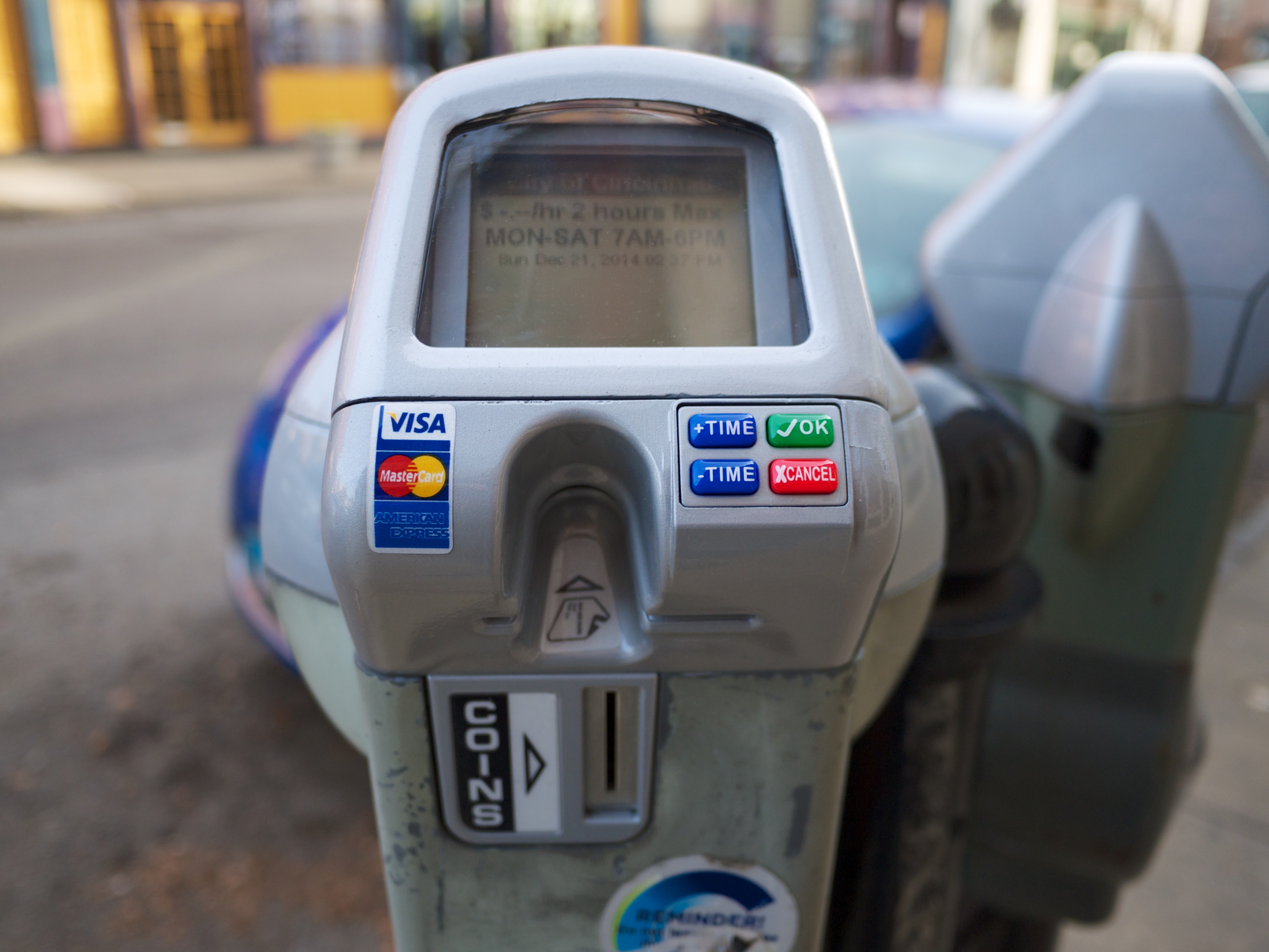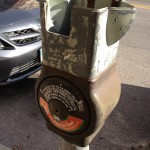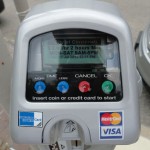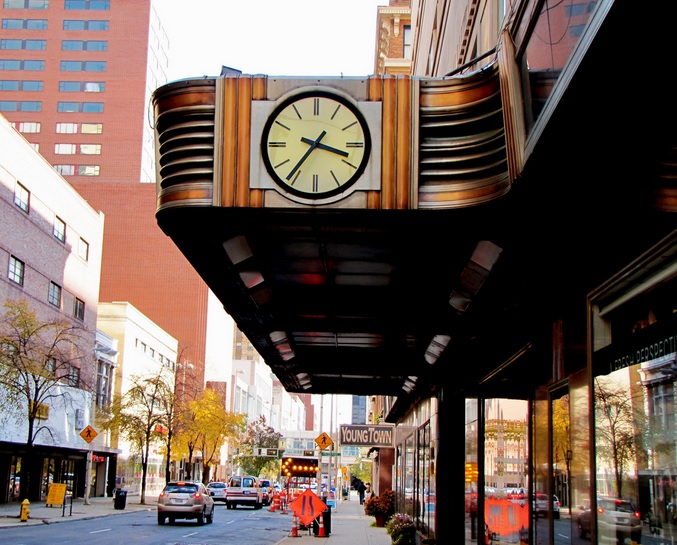The car sharing economy came to Cincinnati in October 2011 when Zipcar launched their services at the University of Cincinnati, and expanded to Downtown and Over-the-Rhine in December 2012.
Since that time, however, peer-to-peer driving services, like Uber and Lyft, have emerged and begun challenging the more established business model of companies like Zipcar, which was acquired by Avis in January 2013 and boasts a global membership of more than 900,000.
In the case of Zipcar, the user is the driver, and must return the car to its starting point – a requirement limiting potential growth of Zipcar and other car sharing services. In order to stay competitive, Zipcar has recently launched new one-way services in its hometown of Boston.
“We are currently beta testing the service in Boston with our Boston members,” Jennifer Mathews, Public Relations Manager at Zipcar, told UrbanCincy. “Our plan is to roll out the service to additional markets once it’s ready.”
While one-way car sharing travel may soon be a reality in Boston, it appears to be further off for smaller markets like Cincinnati, as does the availability of cargo vans, which are presently available in a limited number of markets, but not Cincinnati. The desire for such vans, industry experts say, is so that they can be used for more utilitarian purposes like moving. For now, those participating in Cincinnati’s car sharing economy will continue to need to either use a traditional rental company, or borrow a friend’s truck for such purposes.
Since its debut in 2011, however, Zipcar officials say that they have made changes to their operations and 11-car fleet in Cincinnati in order to stay relevant.
“While the number of cars has remained somewhat consistent over the years, we have moved locations and updated our vehicles throughout the program,” Mathews explained. “Zipcar strives to place cars where our members want them. As we see pockets of members pop up in certain areas or neighborhoods we will move cars around to make sure that they are convenient as possible.”
Of course, Cincinnati’s Zipcar network is substantially smaller than other cities, thus reducing its usefulness to more than a small collection of users.
While there are no immediate plans for expansion, Mathews does say that the company will continue to monitor their two programs – University of Cincinnati and City of Cincinnati – over the course of 2015 to determine whether additional changes or expanded offerings are needed.
Those with memberships are able to use those in any of the hundreds of markets where Zipcar operates worldwide. Cincinnati’s 11 vehicles can be found at the northwest corner of Race Street and Garfield Place, Court Street in between Vine and Walnut, the southeast corner of Twelfth and Vine Streets; and on the University of Cincinnati’s main campus on McMicken Circle and just north of Daniels Residence Tower.










